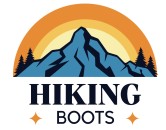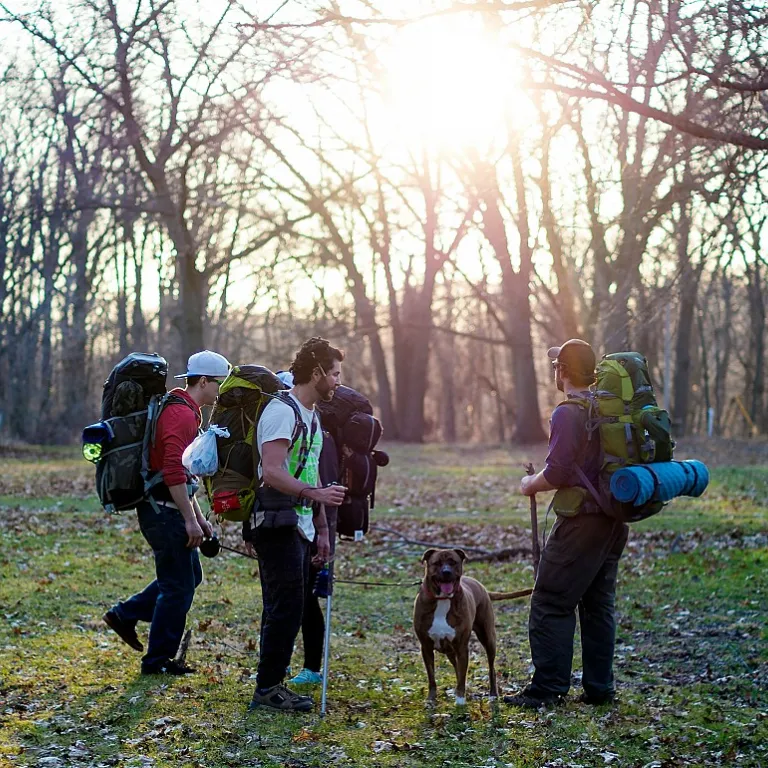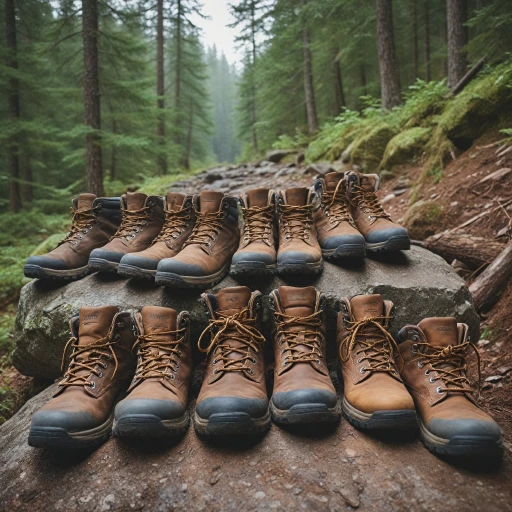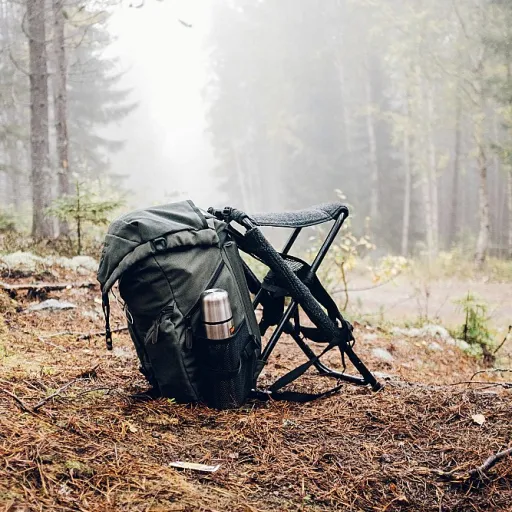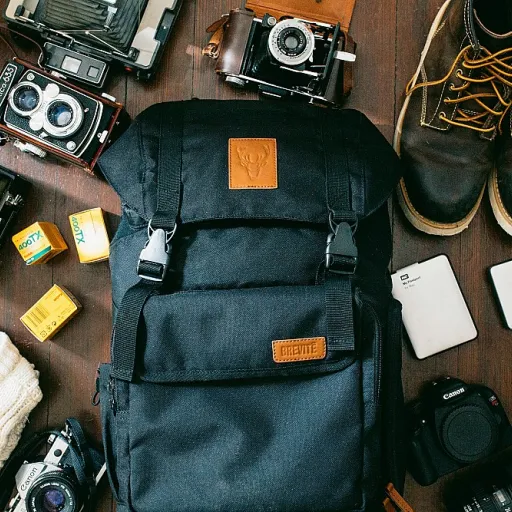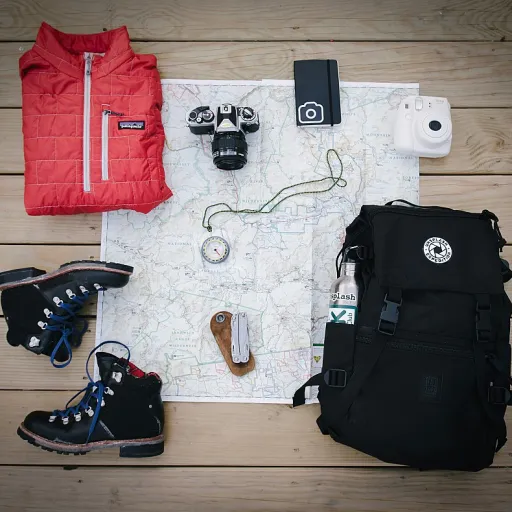
Understanding Bunions and Their Impact on Hiking
Hiking with Bunions: Navigating the Trail with Comfort
For those who enjoy the great outdoors, hiking can be an invigorating adventure. However, individuals dealing with foot issues like bunions might find this experience somewhat challenging. Bunions, as many would attest, aren't merely about aesthetics; they can significantly impact foot health and mobility on rocky trails. Understanding how they interact with hiking footwear is crucial for a comfortable day out in nature. Bunions primarily affect the toe alignment. This foot deformity often leads to an enlarging bump at the base of the big toe, causing discomfort, especially during prolonged activities. Hikers might experience additional joint and foot pain due to the pressure exerted on the bunion. For those dealing with sensitive feet, choosing the right hiking boots or shoes can make a world of difference. When hiking, the terrain is unpredictable, often impacting how shoes and feet interact. This factor highlights the importance of selecting hiking footwear that offers stability features and a roomy toe box, allowing toes to splay comfortably without excessive pressure on the bunion. Hikers frequently advocate for a shoe that combines a cushioned sole and medium to wide fit, ensuring adequate arch support and minimized foot pain. For seasoned hikers with wide or medium feet, understanding the essential shoe features can aid in choosing the best wide toe shoes for bunions. Considerations like water resistance and a slight rocker bottom for plantar fasciitis relief can also come into play. However, it’s not just the immediate feel that matters; years of wearing the right shoe means finding a balance between support and comfort. For those encountering these challenges, fit for bunions or unique toe shapes is essential. As section two and subsequent sections of this article discuss more features, fitting tips, and brand comparisons, finding the perfect pairs of shoes will vary from one person to another based on their specific needs. Emphasizing foot health in hiking boot selection is an investment in both comfort and adventurous longevity on the trails.Key Features to Look for in Hiking Shoes for Bunions
Navigating the Essentials of Footwear
Finding the right shoes can be challenging, especially when dealing with foot issues like bunions. To ensure both comfort and protection during hikes, it's crucial to focus on particular features that cater to bunions. Here's a guide to help you choose wisely.
Prioritize a Roomy Toe Box
A wide toe box is vital for allowing your toes to splay naturally. This reduces pressure and friction on the bunion area. Wide-feet hikers appreciate shoes where the toes lie flat and comfortably. Look for shoes with ample space that doesn't compromise the fit.
Focus on Supportive Structure
Good arch support and stability features are key to maintaining foot health during long treks. Consider a hiking boot that has a slight rocker function to ease foot pain, particularly in sensitive feet. These features can help manage plantar fasciitis while offering the needed support. Examine the inside shoe structure and whether it allows comfort throughout the years wearing them.
Consider Materials and Construction
Investing in water-resistant hiking footwear can prevent additional discomfort on trails. The upper material should offer some flexibility to accommodate bunions, without sacrificing durability. A cushioned shoe will provide added comfort, ensuring that every step is pain-free.
Mind the Footwear Rating
While ratings and price are indicative of quality, it's best to focus on specific needs. User reviews often address concerns about comfort and support, crucial insights for those seeking shoes bunions that do not aggravate existing conditions. To further understand what suits you, explore exploring the benefits of steel toe hiking boots for more recommendations.
Top Hiking Shoe Brands for Bunions
Leading Brands Offering Relief for Bunions
When searching for the ideal hiking shoe to accommodate bunions, it's essential to focus on brands devoted to comfort and foot health. These brands have specifically designed models to cater to wide feet, featuring wide toe boxes and enhanced arch support.- Brand A: Known for their cushioned soles and stability features, Brand A offers several options with a wide toe and a supportive shoe fit. Their models often include a slight rocker sole to help toes splay naturally, reducing foot pain and accommodating bunions effectively.
- Brand B: With years wearing their products, many hikers love Brand B's attention to detail. Their shoes include a well-structured upper and a medium fit that doesn’t compromise on comfort. It's an excellent choice for those dealing with sensitive feet and plantar fasciitis.
- Brand C: Known for water resistant materials and durable designs, Brand C ensures that your foot remains secure both inside the shoe and outside in varied terrains. Their hiking boot models usually lie flat, giving room for the toes, which is perfect for those enduring bunions.
Comparing Hiking Shoe Models for Bunions
Evaluating Various Models for Optimal Foot Health
When searching for hiking boots that accommodate bunions, it's essential to consider models that provide ample room for toe splay while offering adequate support. Many brands have designed boots addressing these concerns, focusing on features crucial for maintaining foot health.
Start by exploring the toe box, especially if you have sensitive feet or wide feet. Boots featuring a wide toe box minimize pressure on bunions, allowing your toes to lie flat without discomfort. This aspect is crucial for hikers dealing with toe pain or plantar fasciitis. A model with a cushioned sole can also provide relief, ensuring the feet remain comfortable during long treks.
Every hiker loves boots that combine comfort with functionality. Therefore, models with removable insoles can accommodate custom orthotics, providing tailored arch support that's personalized to your needs. Additionally, some boots offer a slight rocker sole, which helps in reducing the strain on bunions as the foot transitions during walking.
- Stability features: Opt for boots with a sturdy upper and ankle support to maintain stability on uneven terrains. Stability is paramount to prevent overpronation, often exacerbating bunion discomfort.
- Bunion-friendly designs: Look for hiking boots specifically advertised for bunion support, as these often come with a wider fit across and inside the shoe.
- Weather suitability: Consider boots with water-resistant materials, vital for maintaining foot health in wet conditions.
- Price vs. features: Ensure that the price corresponds with the features you need. High ratings often correlate with the quality and effectiveness of the shoes for those with bunions.
When comparing models, check for user reviews from those who have years wearing similar boots and look for any common feedback on how the boots handled foot pain and comfort. The best wide toe box designs will significantly impact your hiking experience, reducing foot pain and maintaining foot health.
Tips for Fitting and Breaking in Hiking Shoes with Bunions
Selective Strategies for Optimum Shoe Fitting
When it comes to finding the right hiking boot for bunions, ensuring a proper fit is vital to alleviate foot pain and maintain overall foot health. Here's how you can choose and break in the best hiking shoes suited for your sensitive feet:
- Understand Your Foot Dimensions: First, measure both the length and width of your feet. If your measurements lean towards wide feet, prioritize looking for boots with a wide toe box or specifically designed for wide feet. Some hiking brands offer various widths, such as medium and wide, to accommodate such needs.
- Arch Support and Stability: Given that many hikers with bunions may possess plantar fasciitis as well, look for shoes featuring excellent arch support and stability features. These features can maximize comfort for individuals with sensitive feet.
- Allow for Toes Splay: A key element in choosing the right shoe is ensuring that the toe box allows your toes to splay naturally. This will minimize pressure on the toe areas and reduce discomfort while hiking.
- Cushioning and In-Shoe Comfort: Consider shoes with cushioned interiors to add another level of comfort. This cushioning acts as a buffer, making the hiking experience more enjoyable, particularly for those with bunions.
- Track the Break-In Period: When trying new boots, start with short hikes. Gradually increase distance to allow the shoe’s upper to adjust to your foot's shape. Wearing them around the house can help familiarize you with their fit and prevent unnecessary pain once out on the trail.
Invest time in finding a pair that addresses your specific needs. With the right hiking boot, managing foot pain becomes a more manageable endeavor, paving the way for an enjoyable outdoor experience.
Expert Advice and User Reviews
Insights for Optimal Footwear Choices
When embarking on the quest for hiking footwear that's accommodating for bunions, expert advice plays an invaluable role. Understanding how your foot structures—including bunions—interact with specific shoe features can significantly impact your hiking comfort.
Many experts emphasize the importance of a wide toe box which allows toes to splay comfortably, minimizing foot pain. Opt for hiking shoes with wide options that accommodate the natural contour of wide feet. Ensuring that shoes offer ample support and cushioning is critical for relieving pressure points, particularly for individuals with sensitive feet.
Additional insights suggest considering stability features and arch support, especially if other conditions like plantar fasciitis are a concern. A slightly rocker bottom can aid in a smoother transition from heel to toe, reducing stress on the foot.
To gain an informed perspective on performance, user reviews can be enlightening. Hikers with years wearing different hiking shoes often share valuable feedback on how well the shoes addressed foot health concerns like bunions. Such anecdotes typically highlight the fit and comfort inside the shoe, giving prospective buyers an edge in selecting the best wide options without overlooking the price.
Furthermore, a water resistant upper can ensure your feet remain dry during wet hikes, protecting against potential irritation. The combination of these features results in a hiking boot that not only caters to bunions but overall foot welfare.
